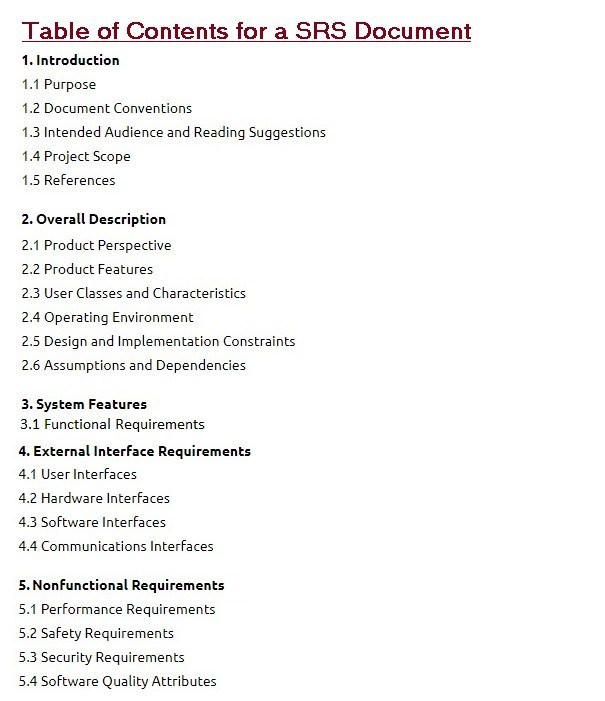--Originally published at Parra’s Project Management Blog

Hello everyone! Today I’m going to play with you a little game: Guess this song’s name, but with a little twist. I’m changing the lyrics with the most important insights of chapters 13 and 14 of The Deadline, by Tom de Marco. Enjoy it!
P.S. : I don’t sing well at all. Just trying to make this fun.
If you have problems with the embedded player, use this link: https://clyp.it/y0todmpq
Lyrics:
Today we learn something
Process improvement
Beware of the danger
The danger
Fixed improvement approach
Cost time and money
Certifications damage
May damage
Insteaaaaaaaad
Choose just one improvement
Standarization
Cuts the creative
They don’t let your admins
Take shortcuts
Every project’s different
Their natures may change
There’s no perfect process
Process
And yeaaaaah
That was chapter 13
Up neeeeeext
Mr T. talks bout time gains
If you don’t change strategy
You will not cut time
So cut the debugging
debugging
A well implemented
Extensive design
Will grant you a bug free
A bug free
software
To wiiiiiiin
your staff be empathic
So caaare for theeeeem
And just understand them
The eeeeend
Of Mr .T in this chapter
Expeeeeect
More songs with this pattern
Fareweeellll
Till next guess song challenge
















